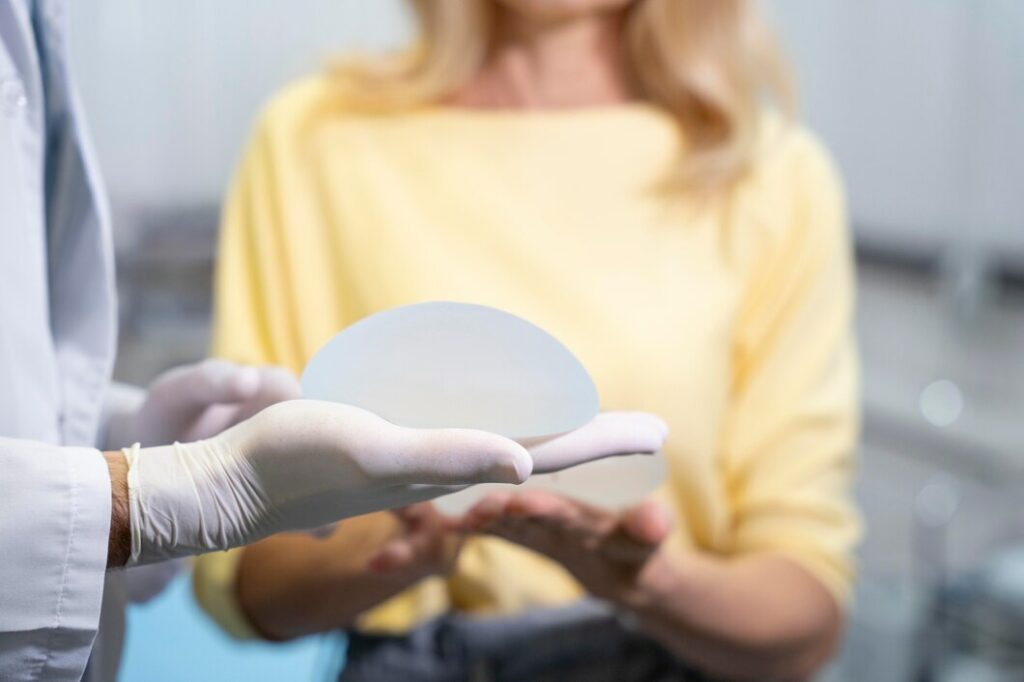Living with disproportionately large breasts can be more than just a cosmetic concern; it can cause chronic pain and limit your quality of life. Breast reduction surgery, or reduction mammoplasty, is a procedure designed to remove excess breast tissue, fat, and skin to achieve a breast size in proportion with your body. This guide explores how this transformative surgery can alleviate physical discomfort and renew your self-confidence.
What is Breast Reduction Surgery?
Breast reduction is a surgical procedure that addresses both the physical and emotional burdens of overly large breasts (macromastia). The goal is to create lighter, firmer, and better-proportioned breasts that are better suited to your body frame. The surgeon removes excess tissue, reshapes the breast, and repositions the nipple and areola for a natural, uplifted appearance.
Signs You Might Be a Candidate for Breast Reduction
You may be an ideal candidate for this procedure if you experience:
-
Chronic neck, shoulder, and back pain
-
Deep, painful grooves from bra straps
-
Skin irritation or rashes beneath the breast crease
-
Poor posture due to the weight of your breasts
-
Difficulty participating in physical activities or sports
-
Feeling self-conscious about your breast size
The Breast Reduction Procedure: What to Expect
The most common technique involves an anchor-shaped incision that circles the areola, extends vertically downward, and follows the natural curve of the breast crease. The procedure typically includes:
-
Removal: excision of excess glandular tissue, fat, and skin.
-
Reshaping: sculpting the remaining breast tissue into a new, lifted contour.
-
Repositioning: moving the nipple and areola to a higher position.
-
Closing: closing the incions to support the new breast shape.
Benefits Beyond Aesthetics: The Life-Changing Impact
The benefits of breast reduction surgery are profound and often life-changing:
-
Physical Relief: Immediate alleviation of chronic pain in the neck, back, and shoulders.
-
Increased Activity: Freedom to exercise and engage in sports without discomfort.
-
Improved Posture: Ability to stand straighter without the weight of heavy breasts.
-
Clothing Fit: Clothes, especially tops and swimsuits, fit better and are more comfortable.
-
Enhanced Confidence: A significant boost in self-image and overall quality of life.
The Recovery Process
Recovery is a key part of the journey. Here’s a general timeline:
-
First 1-2 Weeks: Focus on rest. You will wear a surgical bra, and activities will be limited.
-
Weeks 3-6: Gradual return to most daily activities and light work. Strenuous exercise and heavy lifting are still restricted.
-
After 6 Weeks: Most patients can resume all normal activities as approved by their surgeon. Swelling will continue to subside over several months.
Frequently Asked Questions About Breast Reduction
Will I have scars?
Yes, breast reduction does leave permanent scars. However, a skilled surgeon places them in the most discreet locations possible, and they will fade significantly over 12 to 18 months. Most patients feel the dramatic improvement in their quality of life far outweighs the presence of scars.
Will I be able to breastfeed in the future?
While the ability to breastfeed can be preserved in many techniques, there is a risk it may be affected. If you plan to breastfeed in the future, it is crucial to discuss this with your surgeon during your consultation.
Is the procedure covered by insurance?
In many cases, yes. Because breast reduction is often performed to relieve physical symptoms, many insurance providers offer coverage. This usually requires documentation of symptoms and conservative treatments you have tried. Our team can assist you in navigating the insurance process.
What is the typical age for a breast reduction?
The procedure can be performed once the breasts have fully developed, which is typically by the late teens. Many women choose to have the surgery in their 20s, 30s, or 40s, or after they have completed their families.
Breast reduction surgery is renowned for having one of the highest patient satisfaction rates of any plastic surgery procedure. It successfully combines functional improvement with aesthetic enhancement, offering a new lease on life.






